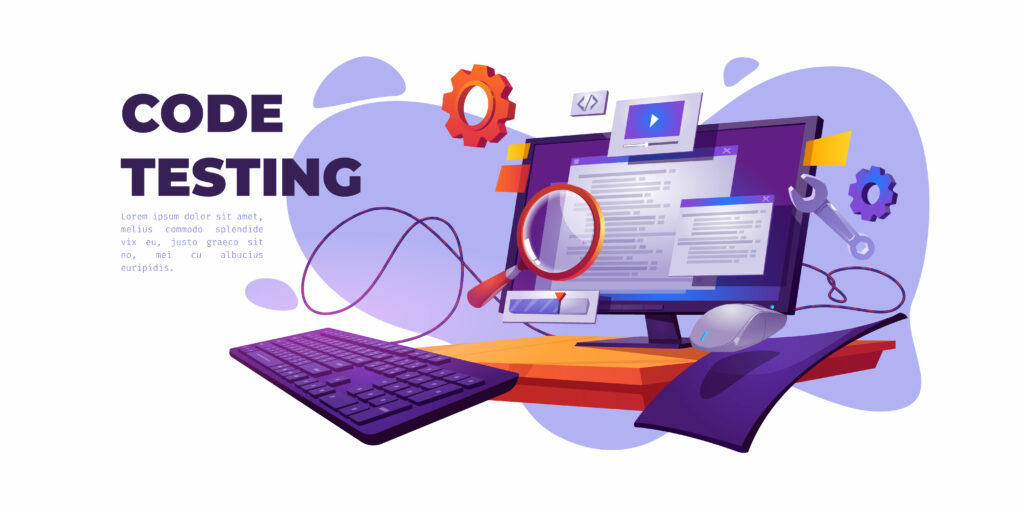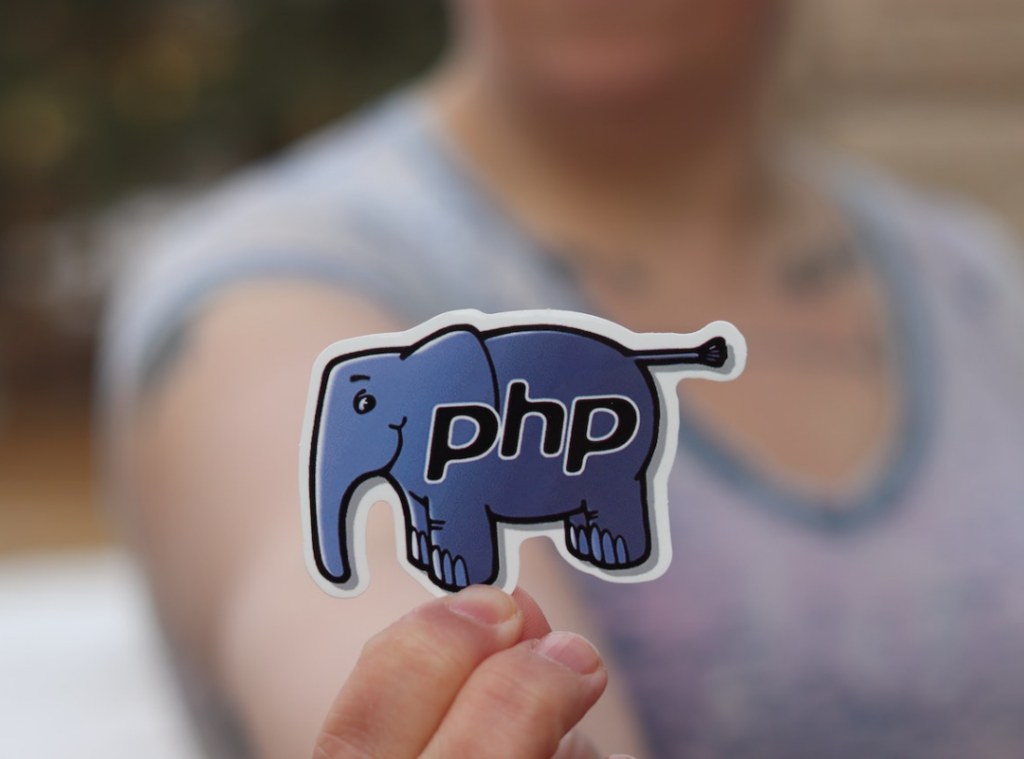Introduction
Hypertext Preprocessor, a versatile and widely-used server-side scripting language, empowers developers to build dynamic and scalable websites. In this comprehensive guide, we will delve into the world of PHP development, exploring its features, benefits, and best practices. Whether you’re a beginner starting your journey in web development or an experienced developer looking to enhance your PHP skills, this guide will equip you with the knowledge and tools to create robust and interactive websites. Let’s dive in!

Section 1: Getting Started with PHP
Introduction to PHP and its role in web development: PHP, which stands for Hypertext Preprocessor, is a popular server-side scripting language used for web development. It is specifically designed to create dynamic and interactive websites. Hypertext Preprocessor code is embedded within HTML, allowing developers to seamlessly mix server-side logic with client-side content. Its versatility and extensive support make it a top choice for developers worldwide.
Installing it and setting up a development environment: To begin working with it, you need to install it on your local machine or server. it is compatible with various operating systems, including Windows, macOS, and Linux. You can install PHP alongside a web server like Apache or Nginx. Additionally, tools such as XAMPP, WAMP, or MAMP provide bundled installations of PHP, web server, and database for easy setup.
Basic syntax, variables, and data types in PHP: Hypertext Preprocessor has a simple and intuitive syntax that resembles other programming languages. It supports various data types, including strings, integers, floats, booleans, arrays, and more. PHP also offers dynamic typing, allowing variables to change their data type based on the assigned value. Variable declarations begin with the $ symbol, followed by the variable name.
Control structures and loops for program flow: it provides a range of control structures, such as conditional statements (if, else, switch) and looping constructs (for, while, foreach). These control structures enable developers to execute different code blocks based on conditions and repeat sections of code as needed. They form the backbone of program flow control and logic execution in PHP.
Section 2: Building Dynamic Websites with PHP
Interacting with databases using Hypertext Preprocessor and MySQL: One of the key strengths of PHP is its seamless integration with databases. MySQL, a popular open-source relational database management system, is often used in conjunction with it. it offers a variety of functions and extensions to connect to MySQL, execute queries, fetch results, and handle transactions. This powerful combination allows developers to build dynamic websites that store and retrieve data from databases.
Form handling and data validation techniques: Forms are integral to many websites, allowing users to submit data. Hypertext Preprocessor offers built-in functions and techniques to handle form submissions. It provides methods to retrieve form data, validate user input, sanitize inputs to prevent malicious code injection, and process form submissions securely. Proper form handling ensures data integrity and a positive user experience.
Working with sessions and cookies for user management: it offers session and cookie management functionalities, allowing developers to track and maintain user-specific data across multiple page visits. Sessions store data on the server and provide a unique session ID for each user, while cookies store data on the client-side. These mechanisms enable personalized user experiences, such as maintaining user logins and retaining user preferences.
Incorporating file uploading and manipulation functionalities: it allows users to upload files to web servers and perform various operations on them. By leveraging PHP’s $_FILES superglobal and file handling functions, developers can receive file uploads, validate file types and sizes, move files to desired locations, and perform operations like resizing images or generating thumbnails. This functionality is particularly useful for websites that involve file sharing or media management.
Section 3: Advanced PHP Concepts
Object-oriented programming (OOP) principles in it: it supports object-oriented programming, allowing developers to organize their code into reusable objects and classes. OOP principles, such as encapsulation, inheritance, and polymorphism, enhance code modularity and maintainability. With Hypertext Preprocessor have OOP capabilities, you can create classes, define properties and methods, and benefit from concepts like abstraction and encapsulation.
Understanding PHP frameworks and their benefits (e.g., Laravel, Symfony): PHP frameworks provide pre-built components and libraries that simplify web development tasks. Frameworks like Laravel, Symfony, and CodeIgniter offer features such as routing, database abstraction layers, templating engines, and built-in security measures. These frameworks follow best practices, promote code reusability, and expedite the development process, making them valuable tools for building scalable and maintainable web applications.
Using APIs and web services for data integration: it enables seamless integration with external APIs (Application Programming Interfaces) and web services. APIs allow applications to communicate and exchange data with external systems, such as social media platforms, payment gateways, or third-party services. PHP’s libraries and extensions facilitate the consumption and creation of APIs, enabling developers to leverage external functionalities and extend their own applications.
Error handling and debugging techniques in it: it provides various error handling mechanisms to ensure smooth execution of code. From error reporting and logging to exception handling, PHP equips developers with tools to identify and handle errors effectively. Additionally, debugging tools and techniques, such as Xdebug, enable step-by-step code execution, variable inspection, and stack trace analysis for efficient bug identification and resolution.
Section 4: PHP Performance Optimization
Caching strategies to improve website speed and performance: Caching is a technique used to store frequently accessed data in temporary storage for quick retrieval. PHP offers various caching mechanisms, such as opcode caching and data caching. Opcode caches, like APCu or OPcache, cache compiled PHP code, reducing server processing time. Data caching, with tools like Memcached or Redis, caches frequently accessed data, reducing database queries and improving response times.
Database optimization techniques for efficient queries: Efficient database queries play a crucial role in improving PHP application performance. Techniques such as indexing, query optimization, and minimizing unnecessary database calls contribute to faster and more efficient data retrieval. Analyzing query execution plans and using EXPLAIN statements can help identify bottlenecks and optimize database queries.
Code profiling and performance measurement tools: it provides profiling and performance measurement tools that help identify performance bottlenecks and optimize code. Tools like XHProf, Xdebug, or Blackfire allow developers to measure execution times, memory usage, and function call statistics. Profiling tools provide insights into code hotspots, enabling developers to focus on areas that need optimization.
Leveraging PHP accelerators for faster execution: it accelerators are extensions or tools that improve the performance of PHP applications. They achieve this by caching and pre-compiling it code, reducing the need for repeated parsing and compilation. Popular PHP accelerators include Zend OPcache and APC (Alternative PHP Cache). Integrating a PHP accelerator can significantly enhance the speed and performance of PHP applications.
FAQ Section:
Q1: What are the advantages of using PHP for web development?
A1: PHP offers several advantages, such as its simplicity, extensive community support, and compatibility with various platforms and databases. It allows developers to build dynamic websites with ease, offers excellent integration capabilities, and provides access to a vast array of pre-built libraries and frameworks.
Q2: How can I secure my PHP applications against common vulnerabilities?
A2: To enhance the security of PHP applications, it is crucial to implement practices such as input validation, data sanitization, and parameterized queries to prevent SQL injection attacks. Additionally, using prepared statements, enabling output escaping, and implementing proper user authentication and authorization mechanisms are essential steps to protect against common vulnerabilities.
Q3: Are there any recommended PHP frameworks for building scalable websites?
A3: Yes, several PHP frameworks offer robust features and scalability. Popular choices include Laravel, Symfony, and CodeIgniter. These frameworks provide efficient routing, database abstraction layers, built-in security features, and support for modular development, enabling developers to build scalable and maintainable web applications.
Conclusion
PHP is a powerful tool for building dynamic and scalable websites, and mastering its concepts and best practices is essential for developers. This comprehensive guide has provided an overview of PHP fundamentals, advanced concepts, and optimization techniques. By applying the knowledge gained from this guide, you can unlock the full potential of PHP and create websites that are efficient, secure, and user-friendly. Embrace continuous learning and explore the vast ecosystem of PHP libraries and frameworks to stay up-to-date with the latest trends in PHP development. With practice and perseverance, you can become a proficient PHP developer and build dynamic, interactive, and scalable websites that meet the needs of today’s digital landscape.

